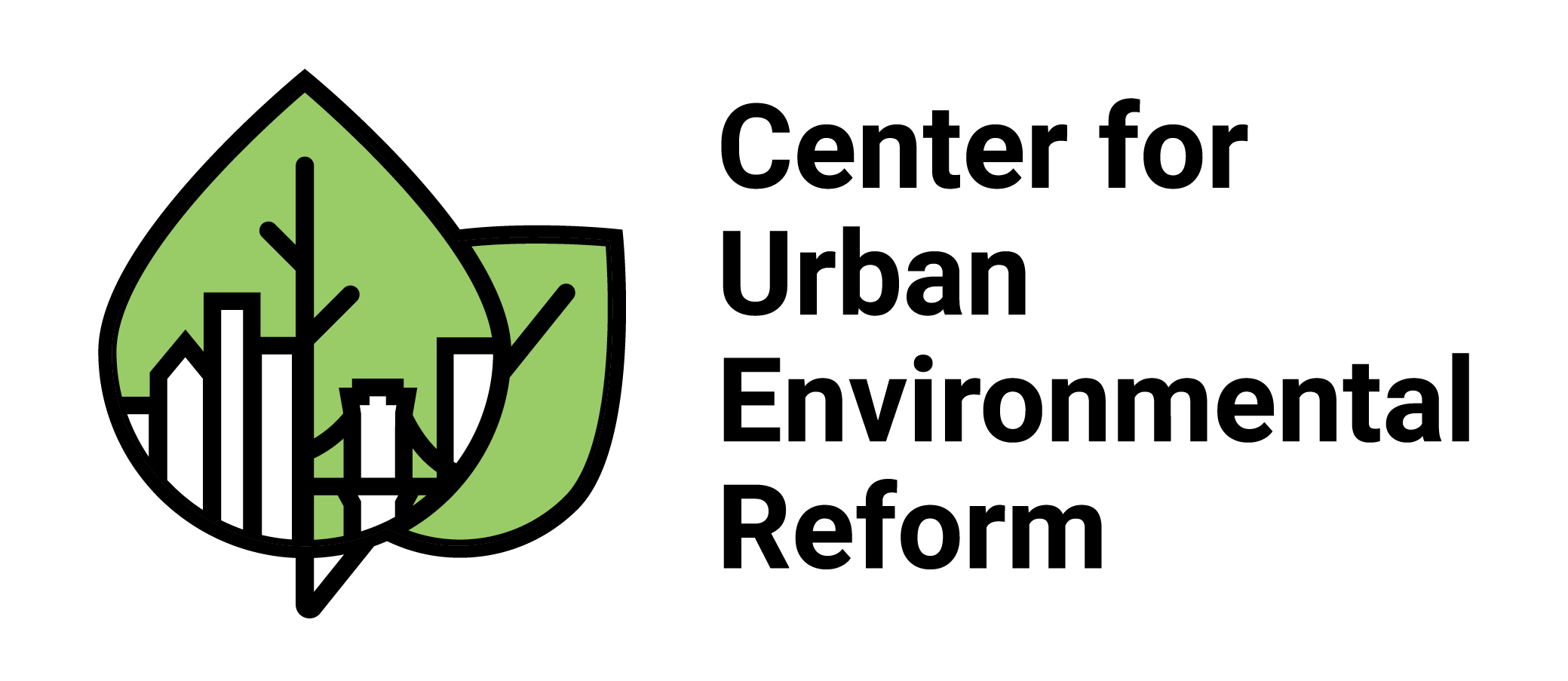New York State’s Other Energy Issues
The??potential for hydrofracking in New York??has garnered significant attention in recent months, while other important environmental issues have remained outside of the media spotlight. While the fate and extent of hydrofracking in the Empire State remains unknown, the DEC recently adopted regulations that address environmental justice (EJ) issues and other types of energy generating facilities.??Part 487, which took effect in July 2012, establishes a regulatory framework to analyze environmental justice issues when new or expanded power plants are being reviewed under Article X??of the Public Service Law. With the enactment of Part 487, New York is now the first state in the nation to specifically require an EJ analysis in the siting of major electric generating facilities.
Under the new regulations, the presence of an EJ area – defined as a minority or low-income community – within a specified distance from the proposed facility (within a defined Impact Study Area) would require an applicant to perform a detailed EJ analysis before the NYS Board on Electric Generation Siting and the Environment issues a permit. Several public comments received by the DEC after the proposal of Part 487 raised concerns over how “minority” and “low-income” are defined, and whether rigid definitions of each might screen out communities that should be considered EJ areas, notwithstanding firm numerical markers. A census block in which 23.59% or more of the population have an annual income that is less than the poverty threshold is considered a “low-income” community. A census block in which the minority population is at least 51.1% in an urban area (or 33.8% in a rural area) is considered a “minority” community.
A total of 38 public??comments??were submitted in response to the proposed regulations. While many of those comments were thoughtful and helpful to the Department – some even led to changes in the final regulations – the relatively low number of comments submitted highlights the need for a greater focus on EJ issues in New York. It has been reported that the Department received more than 61,000??comments??during the most recent public comment period on hydrofracking. That’s over??1,600 times more??comments.
While it is always encouraging to see such active participation in the rule making process, it is difficult to ignore the disparity between which particular issues have caught the attention of residents across the state. The siting of power plants in mostly low-income and minority urban communities is an important??issue, and these new regulations are certainly groundbreaking and a step in the right direction. Hopefully the explosion of increased public participation surrounding the fate of hydrofracking will carry over into other environmental issues and, specifically, into other EJ issues. The debate surrounding hydrofracking has captivated New Yorkers in a way that perhaps no other environmental issue could. Still, it will benefit all residents throughout the state if this energy and increased involvement in the rule making process also spreads and translates into increased concern for urban environmental justice issues.


